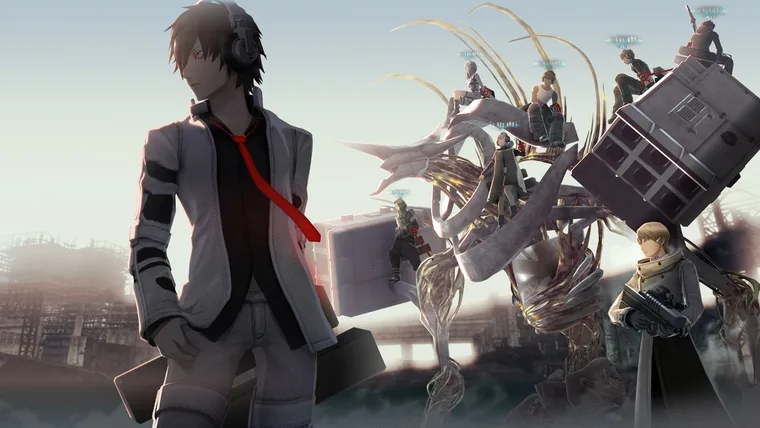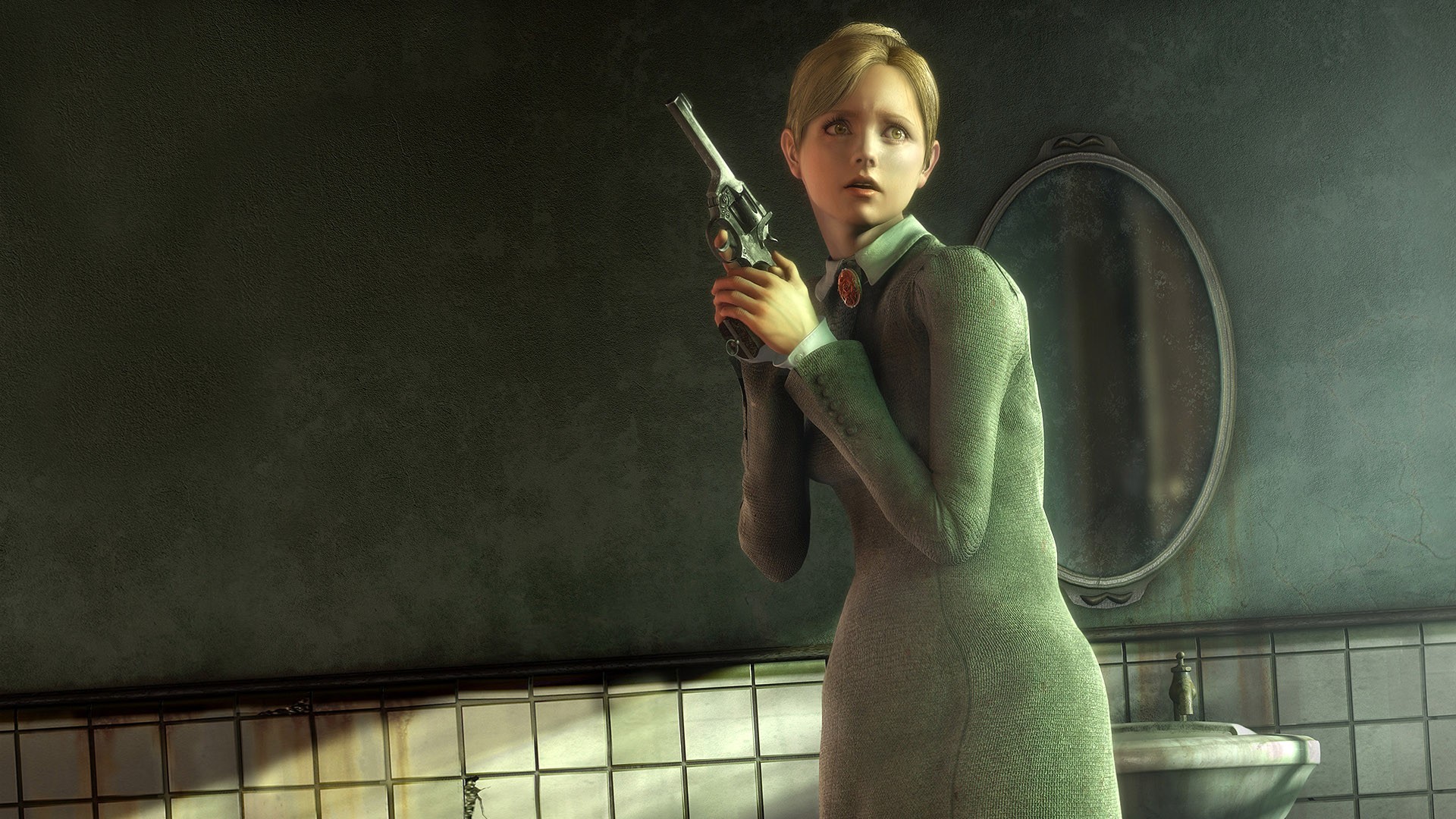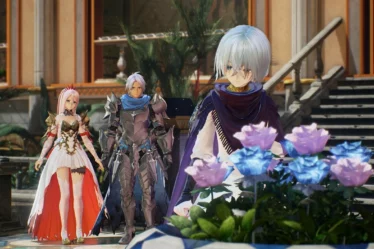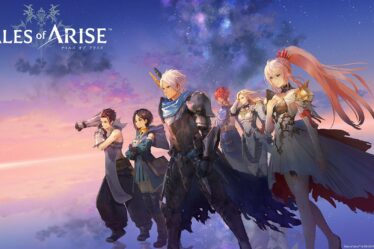
This article was originally published in Italian on GeekGamer.it in 2014.
Life is tough for the inhabitant of a dystopian-themed story. Terrible food, an unproductive society, a total lack of ethical or moral foundation, and an obligation to pledge absolute loyalty to a totalitarian regime, typically made up of machines or higher consciousnesses. By outlining the basic characteristics of the narrative genre in question, we’ve described, in a few simple concepts, the setting of the Sony Japan Studio title, created in collaboration with Shift and Dimps.
Despite a stifling, claustrophobic setting, however, Freedom Wars presents an aesthetic that vastly diverges from the context it aims to emulate, offering a cosmetic style more in line with manga aimed at a teenage audience or slightly older. Not that it’s a problem, since the genre it references is clearly that of another famous Japanese brand, God Eater, from which it borrows more than a few small ideas. The fact remains that, while both titles attempt to mimic the action and depth of Monster Hunter, Freedom Wars ends up being a questionable jumble of overly meticulous J-RPG elements, poorly supported by a badly designed user interface, and an action component that stands out as the strongest part of the whole game, yet fails to shine due to several issues.
Because yes, while Sony Europe presents it as a kind of tactical shooter with JRPG action, the title’s approach to gameplay is the sum of two parts that fail to shine either individually or together. The exploration and narrative components are slow, unnecessarily verbose, and supported only by a good atmosphere and some clever ideas that better immerse players in the game world, such as disciplinary actions directly affecting the player as a “prisoner” in a dystopian society, granting certain gameplay elements only through progression in the adventure.
Thankfully, the developers made fast travel available, although only a few hours into the game. Not that the explorable environments are vast or particularly rich (on the contrary, actually), but once you get familiar with the endless loading times from Dimps/Shift’s title, you’ll be thankful for this feature. The aesthetic takes up a large part of the game, an essential embellishment for any medium-to-high budget title, thanks to near-total customization of the protagonists and their robotic partners. After all, nothing is missing: a basic crafting system, the ability to customize and upgrade weapons, and many other great elements that should ensure unmatched tactical depth, but which, due to the lack of information in the tutorials and the sudden, inexplicable spike in difficulty in the final stages, are rendered meaningless.
The action side of the game manages to convince on several fronts, primarily thanks to a grappling hook available to all characters involved in combat, which can be used in one of three main variations: attack, defense, and healing. The game’s missions essentially have two objectives: rescuing civilians scattered across the decaying post-apocalyptic environments or indiscriminately destroying everything that moves. Human enemies aren’t much of a problem, and while they come in different classes that must be dealt with appropriately, the real enemies are the monstrous giant creatures whose only goal is to kidnap civilians, eliminate the player and their team, and sometimes even take away their robotic companion.
The grappling hook, available to each hero engaged in the battles, adds an incredible and unexpected verticality to the action, which undeniably has rhythm, even though it often feels like a repetitive exercise that becomes tiresome due to a steep difficulty curve. Fortunately, it’s possible to complete the more challenging tasks imposed by the Panopticon, the gigantic city-states that each player must refer to, by choosing between a group of AI-driven companions with upgradable abilities or a more dynamic team of human characters, making use of both local co-op and online multiplayer. In this case, it’s impressive how much emphasis Sony has placed on teamwork. Despite all the flaws, Freedom Wars is always fun when played with others, whether in co-op or competitive mode. Unfortunately, the designers’ laziness regarding the variety and quantity of tasks offered becomes evident after just a few hours of gameplay.
As mentioned earlier, Freedom Wars is primarily a (J)pop aesthetic, and despite its improbable post-apocalyptic setting, it’s easy to see how the game’s artistic direction blatantly winks at animation enthusiasts who have always been looking for an action title to play on their Sony portable consoles. The polygonal modeling of the characters is no less impressive, and the wide variety of accessories, hairstyles, outfits, and details to customize your avatar pair leaves little doubt about how much Sony cared about the game’s online component. In fact, it’s impossible to come across players with similar characters online, even after several matches hosted by both Western and Eastern players. The environments, however, are a lukewarm experience. The battle arenas are few in number, but at least they’re characterized in such a way that, although simplistic, they convey the feeling of being in a desolate, extinct world with no escape. The few locations explored during the narrative stages are undersized compared to what the Panopticon is supposed to represent, and as mentioned earlier, it’s quite frustrating to wander around knowing that you have to wait ten seconds of loading time between each map.
The sound design is decent overall, with voice acting in Japanese only, revealing without ambiguity how the localization of Freedom Wars was likely made with a smaller budget compared to other similar productions. In this regard, the Italian localization of the text is surprising. At least for once, we get to play a game with a blatantly Japanese aesthetic without the words “Final” or “Fantasy” appearing in its title.
Freedom Wars’ premise is interesting, but the player’s sense of wonder quickly fades when confronted with a slow, overly meticulous gameplay experience and a disappointing narrative. The action phases could easily stand on their own, supported by production values well above the average for PS Vita titles, but the lack of variety in the tasks inevitably tires even the most passionate players.


